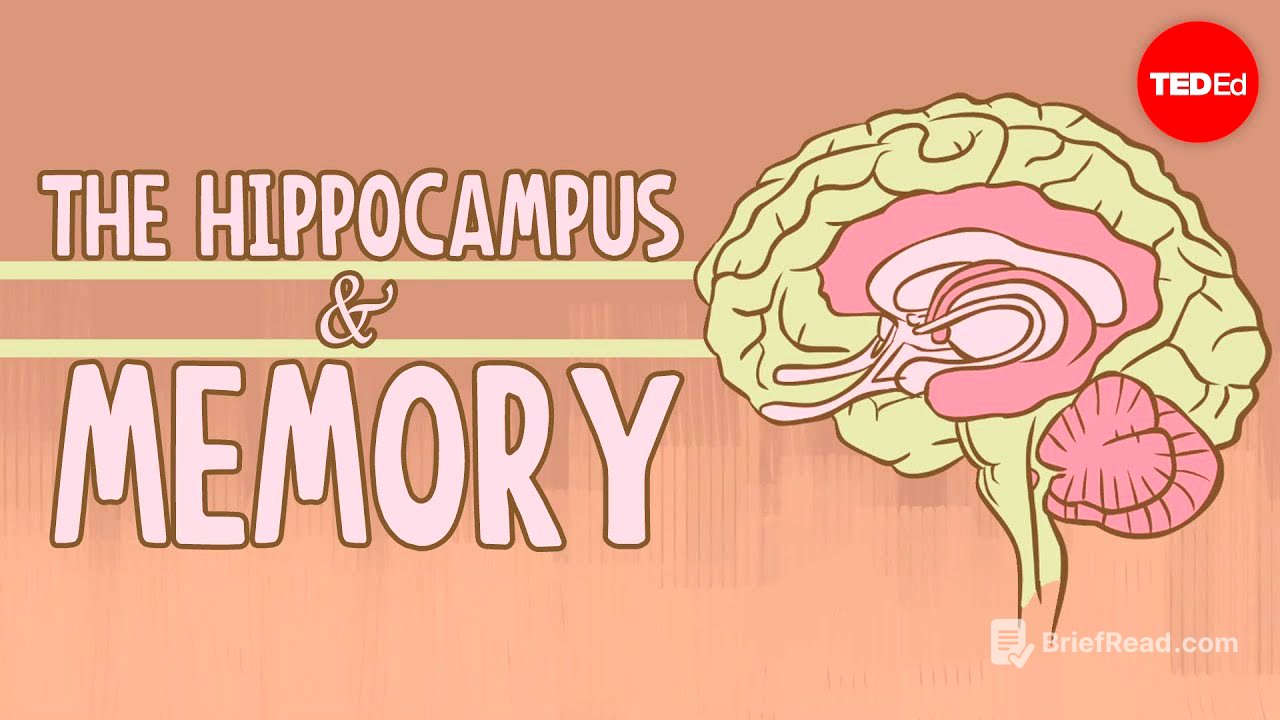TLDR;
The video discusses the case of Henry Molaison, known as H.M., who underwent a surgery that removed his hippocampus in an attempt to cure his seizures, leading to profound memory loss. H.M.'s condition provided critical insights into the different types of memory (short-term vs. long-term, declarative vs. procedural) and the brain regions involved in memory formation. His contributions to neuroscience are significant and continue to be studied.
- H.M.'s surgery led to the discovery of different types of memory.
- The hippocampus is crucial for forming new long-term memories.
- H.M.'s brain was extensively studied, contributing significantly to neuroscience.
The Surgery and Its Immediate Aftermath [0:06]
In 1953, Dr. William Scoville performed a surgery on Henry Molaison (H.M.) to alleviate his severe seizures by removing his hippocampus. H.M. had suffered from seizures since childhood due to a skull injury. While the surgery successfully reduced H.M.'s seizures and did not negatively impact his personality or IQ, it resulted in severe memory loss. H.M. lost most of his memories from the decade prior to the surgery and was unable to form new long-term memories.
Brenda Milner's Groundbreaking Research [1:57]
Following the surgery, Brenda Milner, a Ph.D. student, began studying H.M. to understand the extent of his memory impairment. Her research revealed that H.M. retained short-term memory, allowing him to remember things for brief periods if he actively repeated them. Milner's work challenged the prevailing view of memory as a monolithic entity stored throughout the brain. Her findings suggested that short-term and long-term memory are distinct processes involving different brain regions.
Types of Memory: Declarative vs. Procedural [3:33]
Milner's experiments further demonstrated that there are different types of long-term memory. In one experiment, H.M. was asked to trace a star while looking in a mirror, a task that initially proved difficult. Despite having no memory of previous attempts, H.M.'s performance improved over time. This indicated that his procedural memory (knowing "how" to do something) was intact, while his declarative memory (knowing "that" something happened) was impaired. This discovery highlighted the distinction between declarative memory, which involves facts and events, and procedural memory, which involves skills and habits, with each relying on different brain structures.
H.M.'s Legacy [4:32]
H.M. lived until the age of 82 and was studied by over 100 neuroscientists throughout his life, making him one of the most studied individuals in the history of neuroscience. After his death, his brain was preserved, scanned, and sliced into thousands of sections to create a detailed digital map at the neuronal level. H.M.'s contributions to the understanding of memory are significant and continue to influence memory research.


![[#벌거벗은세계사] 세계 경제를 흔든 미국의 고관세 정책💵 트럼프가 고관세에 집착하는 이유 '매킨리 관세법'은 무엇인가❓](https://wm-img.halpindev.com/p-briefread_c-10_b-10/urlb/aHR0cDovL2ltZy55b3V0dWJlLmNvbS92aS90NVh5TUJhQ0pfYy9ocWRlZmF1bHQuanBn.jpg)






